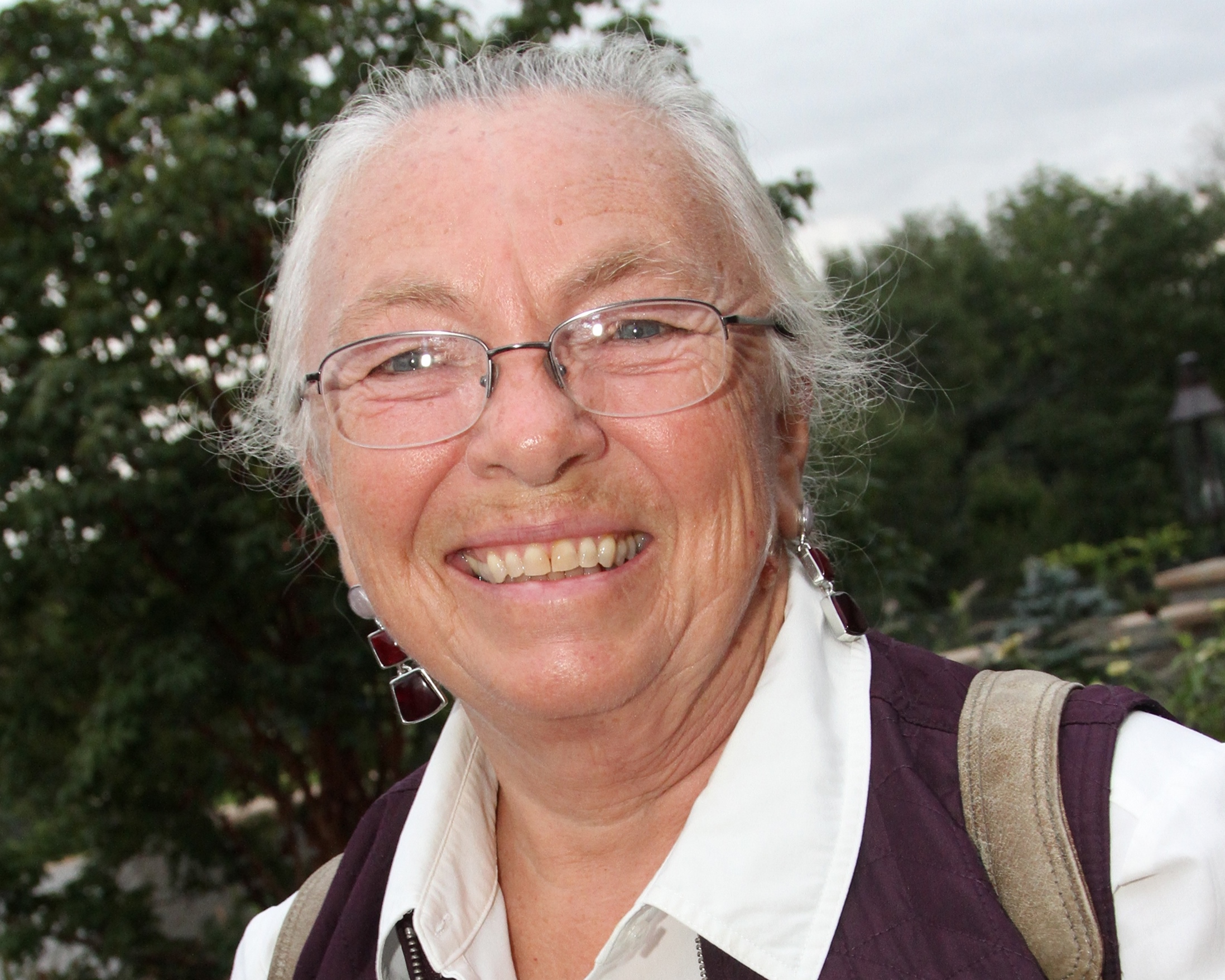Day 214, Year 1: Leaving Fatu Hiva
Date: Friday, May 19, 2006
Weather: Beautiful Warm Days with Cool Evenings—No Change
Latitude: 09 degrees 54 minutes S
Longitude: 139 degrees 06 minutes W
Location: Hanomoenoa Anchorage, Tahuata Island, Marquesas
We found out yesterday morning that our logs have not been posted on the website since last Sunday. So I e-mailed my son who manages the site. The problem being that he is in West Africa. I figured there was no way he could fix things until he returned next week, but with the miracle of e-mail and the internet, I heard this afternoon from a friend in Concord, New Hampshire, that we are back up and running. I will say it again, “I love e-mail and I love the internet.” And a great big thanks to Justin, who we know has better things to do with his precious time in Africa than work on our website, for taking the time out to get us back online.
Today we motored from the island of Fatu Hiva to the island of Tahuata in the Marquesas. It was 48 miles, anchorage to anchorage, and we made it in about 9 hours on glassy seas under a clear sky. Our landfall, Hanamoenoa, is a small bay on the northwest corner of Tahuata and is uninhabited. When world sailor Eric Hiscock wrote about his adventures in the South Pacific, he said that this bay was the third most beautiful in all of Polynesia. The cruising guides say there are white beaches and clear water here. I find it nice, but not spectacular. There is a sand beach, more yellow than the bright white beaches in the San Blas in the Caribbean. The beach is rimmed in palm trees and the green hills rise up all around. There is a great little blowhole in one corner of the bay and the snorkeling is good, but certainly not the best we have seen. I would say the water is just a tad cloudy around the edges where it is shallow enough for snorkeling, but it is crystal clear in the middle of the anchorage. We can actually see our anchor more than 25 feet down. The setting is absolutely serene and the sunset tonight was beautiful, but on a scale of 1 to 10 of all of the places we have seen to date, I would rate this as a 6 or maybe a 7. Hanavave Bay on Fatu Hiva gets a 10+ from me. When the pictures are posted on the website, you can judge for yourself. And as we continue our travels, I might well change my rating, but for now, from what I have read and the pictures I have seen, I would not say this is one of the most spectacular places we will see.
We motored past two other bays on our way here. The first one was Hapitoni Bay and the second one was Vaitahu Bay. There was one sailboat in Hapitoni Bay and none in Vaitahu, so we headed on north to Hanamoenoa in hopes of catching up with our friends Doug and Sylvie on Windcastle. Unfortunately, they are not here, so we will have to keep searching. There are ten boats here: Minaret and Heartbeat from New Zealand, Savoir Livre and Aqua Magic from England, Remis from Germany, Quantum Leap, Espri, Hawkeye, and Windbird (us) from the US, and a boat named Shoe String for which I am not sure of the port of call-England, New Zealand, or Australia.
We will probably go back to Vaiahu Bay tomorrow even though it is not known as a calm anchorage and it is very difficult to get ashore there. Before we make our decision, we want to talk to some of the people here to see if they stopped there and if so, to find out how they found the anchorage. I do want to see the Eglise Sante Marie de L’enfant Jesus Catholic Church there. It was built sometime in the last 20 years to commemorate the 150th anniversary of the arrival of missionaries. The stained glass and local wood carvings are supposed to be beautiful. From the sea, it looks shockingly like a port compared to what we have seen here to date. Both Omoa and Hanavave on Fatu Hiva are just little hidden indentations on a coast line that you could easily miss if you didn’t have the GPS coordinates. On the other hand, as we passed Vaiahu, the church and other buildings in the town were very prominent. There were also homes high on the mountains around the town that were very easy to see. Vaiahu was the first point of contact between Polynesians and Europeans in the South Pacific. Spanish explorer Mendana anchored there in 1595, followed by Captain Cook in 1774. I suppose Windbird needs to anchor there in 2006.


